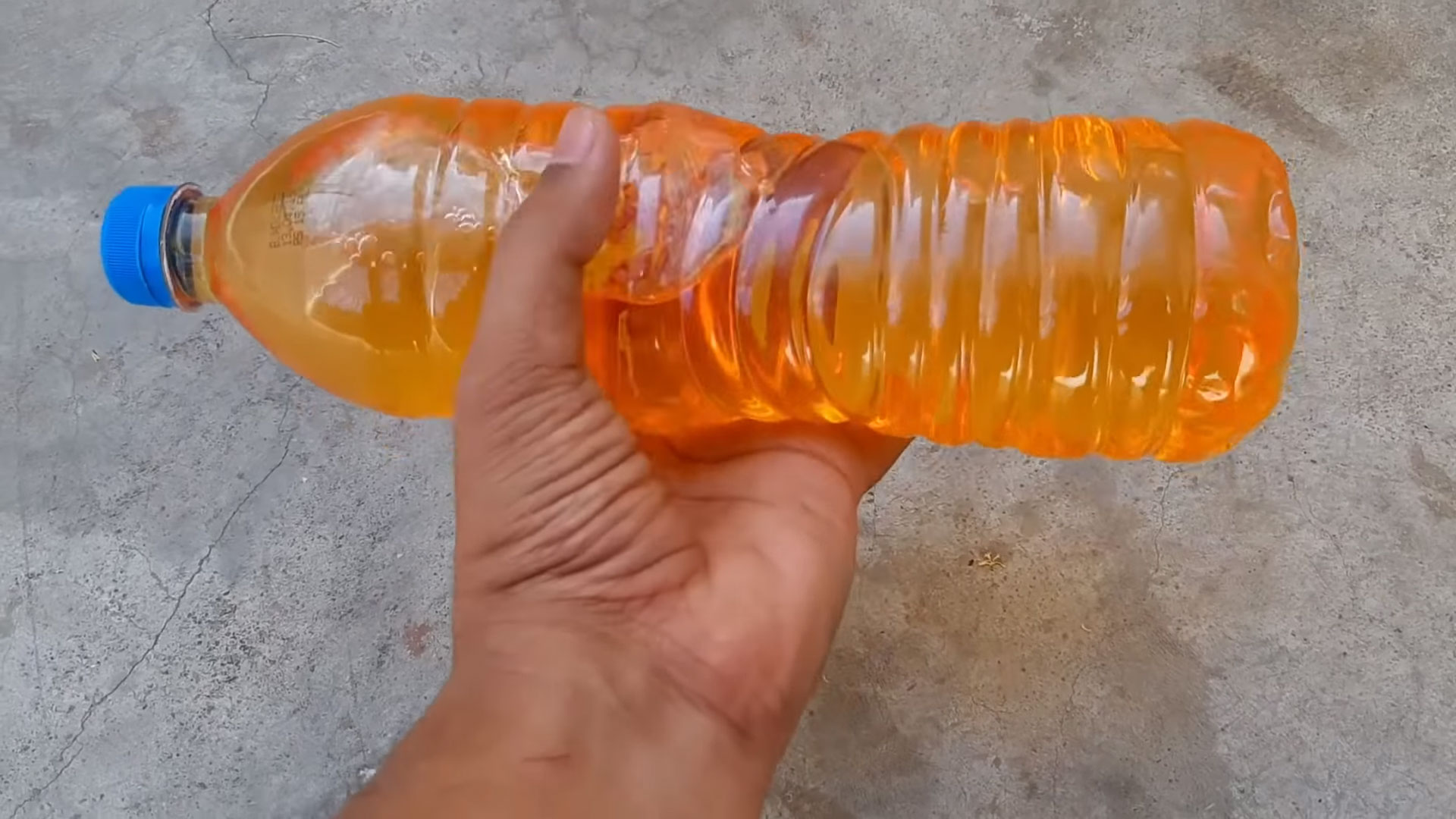I was on a camping trip, only for the MAF sensor to gather dust and cause misfires on our journey back home. With no time to order a Mass Air Flow cleaner, I had to siphon some petrol from my gas tank and clean the sensor.
The results were incredible, and this turned out to be my routine MAF sensor maintenance tip. If you are facing similar issues, let me show you how you can clean an MAF sensor with petrol.
Contents
Can I Clean a MAF Sensor With Petrol?
Yes, you can clean the MAF sensor using petrol since it’s a powerful solvent that can dissolve many types of contaminants, including the carbon that might have built up on the sensor from the intake manifold.
Petrol evaporates quickly, which means that after cleaning, it doesn’t leave a wet residue that can damage the hot wire or film. Unlike water, petrol doesn’t conduct electricity, which means it can’t cause the MAF sensor electronic components to short-circuit.
However, petrol might contain other additives to enhance its performance, and the additives can leave a thin residue on the sensor. If you don’t have Mass Air Flow cleaner or isopropyl alcohol, just get around 100 to 200 ml of petrol and then clean the sensor using the following steps.

Locate the MAF Sensor Housing
Locating the Mass Airflow Sensor can be like searching for a needle in a haystack, and the easiest route is to check your car’s user manual. However, if the user manual is gathering dust somewhere unknown, fear not!
- Begin the Hunt: Start your quest by inspecting the engine. Look for the large plastic tube stemming from the top or sideward of the engine, extending to the car’s forefront, usually in the direction of the grille. This tube serves as the pathway for air, and it’s your guiding light on this sensor-finding mission.
- Identify the Air Filter box: In many vehicles, the sensor’s neighborhood is near another significant landmark: the air filter box. If you can spot this box, you’re on the right track.
- Narrow Down the Search: This sensor is typically between the air filter box and the throttle body. Here’s a golden nugget of information: The sensor can be directly attached to the throttle body in some car models!
- Check the Housing: Look for a small, often rectangular, or cylindrical component with an electrical connector. It usually has a series of wires emanating from it, like tendrils reaching out. This is your MAF sensor.
Disconnect the Sensor
Turn off your vehicle and remove the key from the ignition. This precaution ensures that the engine’s computer doesn’t misinterpret your actions, possibly registering pesky error codes because it’s missing the MAF input.
Many sensors sport a specific tab or clip. Gently press and simultaneously pull this tab to free the wiring harness. The design of the sensor’s attachment determines the toolkit you’ll need, which could range from a standard flathead or Phillips screwdriver to a hex key.
Carefully loosen these screws, grasp the sensor, offer a twist, and then pull it away from its housing in the intake tube. Don’t be surprised if the sensor plays hard to get! Some of them are quite snug in their spots.

Clean
Use a funnel to transfer around 100 to 200 ml of petrol into the spray bottle to enhance accuracy and minimize spillage. Keep in mind that petrol is highly flammable, and you should handle it with care.
- Place a clean, absorbent towel on a flat, stable surface. This will serve as the workspace for cleaning the sensor.
- It is advisable to work in a well-ventilated location away from direct heat sources. Position the spray bottle approximately 6-8 inches from the sensor.
- Proceed to spray the petrol uniformly across the sensor’s surface, ensuring all parts are adequately covered.
- If you don’t have a spray bottle, apply it using the normal bottle and use your mouth to blow air on the sensor’s hot wire or film to blow off the debris. You can also try to shake off the dirt after applying petrol
- Using the towel, carefully blot the sensor to absorb any excess petrol. Avoid touching the film or the hot wire.
- Allow the car sensor ample time to air dry. This ensures that any remaining petrol evaporates, leaving the sensor clean and free of residues.
Final Thoughts
Whether your car is producing black smoke or causing misfires due to a dirty MAF sensor, you can clean it with petrol using the above steps. You simply need to avoid touching the delicate parts and allow the sensor to air dry after cleaning.

